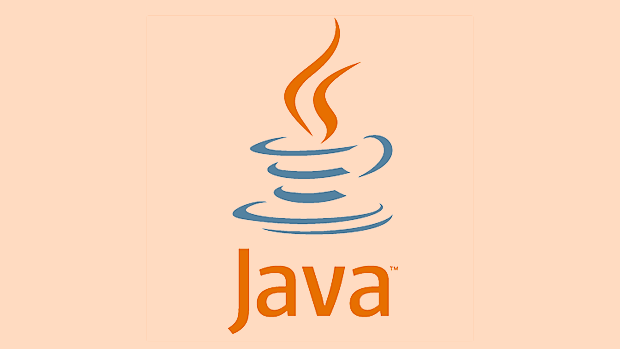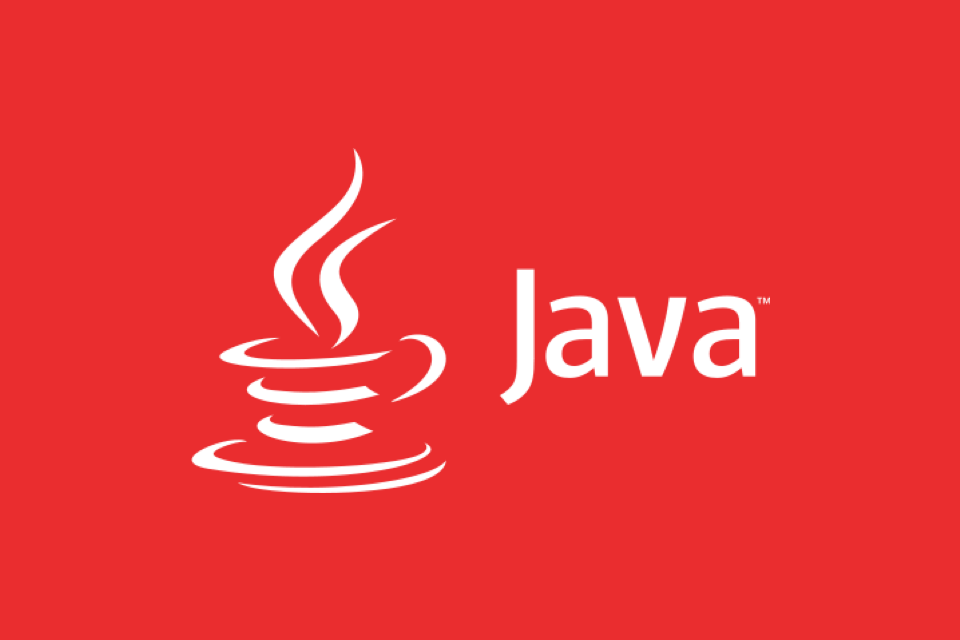Effective Resource Management with Java's try-with-resources
Jul 07, 2025 am 02:41 AMJava 7 introduces try-with-resources to ensure that resources are automatically closed and avoid leaks. 1. The resource needs to implement the AutoCloseable or Closeable interface and declare it in try brackets; 2. Multiple resources are closed in reverse order in declarations to prevent errors in closing dependencies; 3. If the try block throws an exception at the same time as close(), the exception in the try is retained and the close exception is suppressed, which can be viewed through getSuppressed(); 4. The resource scope is limited to the try block and cannot be accessed in catch or finally; 5. Avoid manually repeatedly closing resources to prevent null pointer exceptions; 6. Note that nested resources may need to be released manually, and the automatic closing mechanism cannot be fully relied on. Mastering this syntax can improve code security and simplicity.

Java 7 introduces the try-with-resources statement, providing a concise and safe way to resource management. Its core role is to ensure that resources are automatically closed after use and avoid resource leakage issues. This is especially important for handling resources such as file flows and network connections that require explicit shutdown.

Basic usage: How to correctly declare resources
The syntax structure of try-with-resources is very simple. You just need to declare and initialize the resource in parentheses after try:

try (FileInputStream fis = new FileInputStream("file.txt")) {
// Use resources to operate} catch (IOException e) {
e.printStackTrace();
}In this example, FileInputStream is an object that implements the AutoCloseable interface. Java will automatically call its close() method after the try block is executed, regardless of whether an exception is thrown. This method is clearer and less prone to errors than traditional finally blocks.
What should be noted is:

- Only classes that implement the AutoCloseable or Closeable interface can be used in try-with-resources.
- Multiple resources can be declared in parentheses with semicolons, and in sequence they are closed in reverse order of declarations.
Multi-resource management and exception handling details
When multiple resources are used in one try-with-resources, their closing order is the reverse order of declaration order. For example:
try (
FileInputStream fis = new FileInputStream("input.txt");
BufferedInputStream bis = new BufferedInputStream(fis)
) {
// Operate input stream} catch (IOException e) {
e.printStackTrace();
}In this case, bis will be closed before fis. This is to avoid errors when closing dependent resources in the subsequent shutdown.
Regarding exception handling, if both the try block and the close() method throw exceptions, then the exceptions in the try block will be retained, and the exceptions thrown by close will be "suppressed". These suppressed exceptions can be viewed through the Throwable.getSuppressed() method.
Frequently Asked Questions and Suggestions in Actual Development
Although try-with-resources simplifies resource management, there are still several things that are easy to ignore in actual use:
Scope of resource variables : Resources declared in try brackets can only be accessed inside try blocks and cannot be used in catch or finally blocks. If you really need to access the resource object, you can consider declaring the variable outside the try and then assigning the value in parentheses.
Avoid repeated closing of resources : Sometimes developers call close() manually in finally blocks, which may result in duplicate closing or null pointer exceptions. This writing should be avoided after using try-with-resources.
Invisible risk of resource leakage : Although try-with-resources automatically closes resources, if the resource still holds other resources (such as connections returned by the database connection pool), it is still necessary to pay attention to whether these nested resources are also correctly released.
For example:
try (Connection conn = dataSource.getConnection();
Statement stmt = conn.createStatement();
ResultSet rs = stmt.executeQuery("SELECT * FROM users")) {
// Process the result set} catch (SQLException e) {
e.printStackTrace();
}Here Connection, Statement and ResultSet are all resources and will be automatically closed. But if you are using some libraries with deeper encapsulation, you may also need to check the documentation to confirm whether it supports automatic shutdown.
Basically that's it. Mastering the use of try-with-resources can make resource management safer and code more concise.
The above is the detailed content of Effective Resource Management with Java's try-with-resources. For more information, please follow other related articles on the PHP Chinese website!

Hot AI Tools

Undress AI Tool
Undress images for free

Undresser.AI Undress
AI-powered app for creating realistic nude photos

AI Clothes Remover
Online AI tool for removing clothes from photos.

Clothoff.io
AI clothes remover

Video Face Swap
Swap faces in any video effortlessly with our completely free AI face swap tool!

Hot Article

Hot Tools

Notepad++7.3.1
Easy-to-use and free code editor

SublimeText3 Chinese version
Chinese version, very easy to use

Zend Studio 13.0.1
Powerful PHP integrated development environment

Dreamweaver CS6
Visual web development tools

SublimeText3 Mac version
God-level code editing software (SublimeText3)

Hot Topics
 Difference between HashMap and Hashtable?
Jun 24, 2025 pm 09:41 PM
Difference between HashMap and Hashtable?
Jun 24, 2025 pm 09:41 PM
The difference between HashMap and Hashtable is mainly reflected in thread safety, null value support and performance. 1. In terms of thread safety, Hashtable is thread-safe, and its methods are mostly synchronous methods, while HashMap does not perform synchronization processing, which is not thread-safe; 2. In terms of null value support, HashMap allows one null key and multiple null values, while Hashtable does not allow null keys or values, otherwise a NullPointerException will be thrown; 3. In terms of performance, HashMap is more efficient because there is no synchronization mechanism, and Hashtable has a low locking performance for each operation. It is recommended to use ConcurrentHashMap instead.
 What are static methods in interfaces?
Jun 24, 2025 pm 10:57 PM
What are static methods in interfaces?
Jun 24, 2025 pm 10:57 PM
StaticmethodsininterfaceswereintroducedinJava8toallowutilityfunctionswithintheinterfaceitself.BeforeJava8,suchfunctionsrequiredseparatehelperclasses,leadingtodisorganizedcode.Now,staticmethodsprovidethreekeybenefits:1)theyenableutilitymethodsdirectly
 How does JIT compiler optimize code?
Jun 24, 2025 pm 10:45 PM
How does JIT compiler optimize code?
Jun 24, 2025 pm 10:45 PM
The JIT compiler optimizes code through four methods: method inline, hot spot detection and compilation, type speculation and devirtualization, and redundant operation elimination. 1. Method inline reduces call overhead and inserts frequently called small methods directly into the call; 2. Hot spot detection and high-frequency code execution and centrally optimize it to save resources; 3. Type speculation collects runtime type information to achieve devirtualization calls, improving efficiency; 4. Redundant operations eliminate useless calculations and inspections based on operational data deletion, enhancing performance.
 What is an instance initializer block?
Jun 25, 2025 pm 12:21 PM
What is an instance initializer block?
Jun 25, 2025 pm 12:21 PM
Instance initialization blocks are used in Java to run initialization logic when creating objects, which are executed before the constructor. It is suitable for scenarios where multiple constructors share initialization code, complex field initialization, or anonymous class initialization scenarios. Unlike static initialization blocks, it is executed every time it is instantiated, while static initialization blocks only run once when the class is loaded.
 What is the Factory pattern?
Jun 24, 2025 pm 11:29 PM
What is the Factory pattern?
Jun 24, 2025 pm 11:29 PM
Factory mode is used to encapsulate object creation logic, making the code more flexible, easy to maintain, and loosely coupled. The core answer is: by centrally managing object creation logic, hiding implementation details, and supporting the creation of multiple related objects. The specific description is as follows: the factory mode handes object creation to a special factory class or method for processing, avoiding the use of newClass() directly; it is suitable for scenarios where multiple types of related objects are created, creation logic may change, and implementation details need to be hidden; for example, in the payment processor, Stripe, PayPal and other instances are created through factories; its implementation includes the object returned by the factory class based on input parameters, and all objects realize a common interface; common variants include simple factories, factory methods and abstract factories, which are suitable for different complexities.
 What is the `final` keyword for variables?
Jun 24, 2025 pm 07:29 PM
What is the `final` keyword for variables?
Jun 24, 2025 pm 07:29 PM
InJava,thefinalkeywordpreventsavariable’svaluefrombeingchangedafterassignment,butitsbehaviordiffersforprimitivesandobjectreferences.Forprimitivevariables,finalmakesthevalueconstant,asinfinalintMAX_SPEED=100;wherereassignmentcausesanerror.Forobjectref
 What is synchronization?
Jun 24, 2025 pm 08:21 PM
What is synchronization?
Jun 24, 2025 pm 08:21 PM
Synchronizationistheprocessofcoordinatingtwoormorethingstostayaligned,whetherdigitalorphysical.Intechnology,itensuresdataconsistencyacrossdevicesthroughcloudserviceslikeGoogleDriveandiCloud,keepingcontacts,calendarevents,andbookmarksupdated.Outsidete
 What is type casting?
Jun 24, 2025 pm 11:09 PM
What is type casting?
Jun 24, 2025 pm 11:09 PM
There are two types of conversion: implicit and explicit. 1. Implicit conversion occurs automatically, such as converting int to double; 2. Explicit conversion requires manual operation, such as using (int)myDouble. A case where type conversion is required includes processing user input, mathematical operations, or passing different types of values ??between functions. Issues that need to be noted are: turning floating-point numbers into integers will truncate the fractional part, turning large types into small types may lead to data loss, and some languages ??do not allow direct conversion of specific types. A proper understanding of language conversion rules helps avoid errors.






